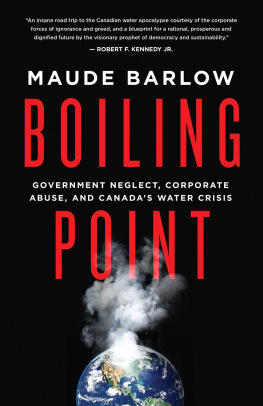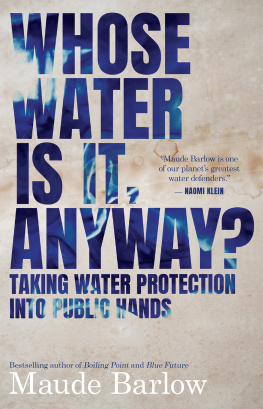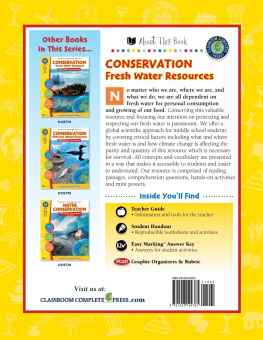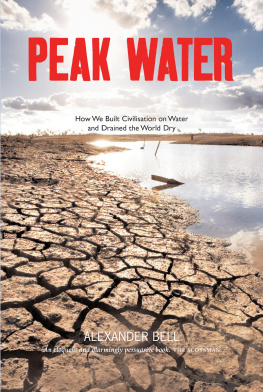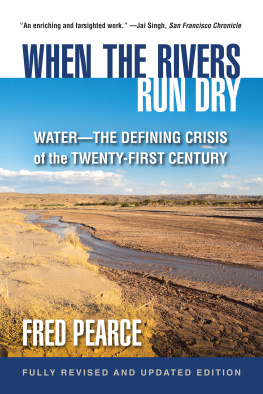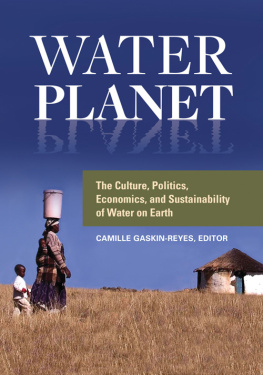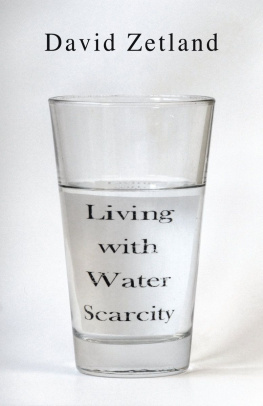We are going to forget all about the economy when we run out of water.
Water is speaking to us but are we listening? We are all treaty people a piece of us is dying. Complacency and ignorance are no longer acceptable. We have to be the voice for generations to come. Our grandchildren will look back and ask, Why did they not act to save our precious water? I want to be able to look in the mirror and know that I did my best.
For over three decades, I have travelled the world, learning about water, learning that abundance is not a given, and that the future of the human race and the species with whom we share this planet is literally dependent upon it. I have stood in solidarity with those fighting for water justice in their communities or trying to save endangered lakes and rivers from contamination, overextraction and corporate malfeasance, and I am always amazed at how far away these struggles appear to be to most Canadians when I return home.
For make no mistake, the world is running out of accessible water. On World Water Day 2015, the UN reported that demand for water will increase by 55% over the next 15 years. By that time global water resources will meet only 60% of the worlds demand. A 2016 report from leading scientists warned that two-thirds of the global population currently lives with severe water scarcity for at least one month of every year and almost 2 billion suffer severe water scarcity for at least half of every year. The water crisis could affect as many as 7 billion people by 2075. UN secretary-general Ban Ki-moon gathered 500 scientists together who concluded that our global abuse of water has caused the planet to enter a new geologic age akin to the retreat of the glaciers over 11,000 years ago.
It is no surprise that some parts of the world, such as Australia, many countries in Africa and all of the Middle East, are in water crisis as they had few water resources to begin with. But the crisis has suddenly moved well beyond the expected. Canadians would be wise to look at other traditionally water-rich countries for insight into what could happen to us if we do not plan, if we do not hold our governments accountable to build a coherent water strategy for the future. Brazil, listed by the UN as being the most water-rich country in the world, is experiencing such devastating drought in its southern region that 20 million people are at risk, and the city of So Paulo almost ran its reservoir dry last year. Muddy sludge clogged municipal pipes as residents turned on their taps. In China, over half the rivers have disappeared in just 25 years. The United States, listed as the eighth water-richest country in the world, has been experiencing a multi-year drought rivalling the Dust Bowl of the 1930s throughout large swaths of its south and west. In 2015, California had to impose strict water rationing in many communities, and neighbour turned against neighbour as people battled over compliance. While it is true that El Niodriven rains have provided some relief to the most drought-stricken parts of the U.S., scientists believe that it is short-lived and that droughts in the arid parts of the U.S. will become both more frequent and longer lasting.
A perfect storm of declining water supplies, rising poverty levels and climbing water rates has brought what we have always thought of as third-world issues to our own doorstep.
Despite our shared mythology of limitless water, Canada is not immune to this, the worlds most pressing problem. We face serious issues of water contamination, eutrophication, overextraction, glacial melt and climate change. Extractive energy and mining projects endanger our waterways. Corporations are eyeing Canadas water, setting up bottled water operations and bidding to run water services on a for-profit basis. There are even renewed calls to allow bulk commercial water exports to drought-stricken states.
Water protection regulations across the country are uneven and generally inadequate, and federal rules are almost non-existent. They are a patchwork of outdated, vague and even conflicting regulations with no coherent overarching principles or rational planning. Many of our laws were originally enacted well over a century ago for a country that was still largely rural and agrarian and whose population mostly extracted water for their own use. As our economy grew and industrialized, our governments updated laws, enacted new ones and set regulations piecemeal as situations and need arose. There was little understanding, among either the general population or elected officials, of the consequences of pollution, overuse or overextraction. Our forebears genuinely believed that clean water would always be available and that there was more than enough for every purpose.
We have only recently begun to realize how mistaken that belief was.
This book is a cry from the heart. It is time to abandon our erroneous beliefs that Canada has unlimited supplies of water, that Canadians have taken care of this water heritage or that we still have lots of time to do so. We need a strong, national plan of action based on a new water ethic that puts water protection and water justice at the heart of all our policies and laws. The path forward is clear, if not simple.
The 306-kilometre-long system of manmade locks, canals and channels of the St. Lawrence Seaway is recognized as one of the most challenging engineering feats in history and boasts the worlds most spectacular lift system. The 15 locks along the journey lift ocean-going ships twice as long and half as wide as a football field, the height of a 60-storey building, allowing them to move across a vast expanse of water from the Atlantic Ocean to Lake Superior.
Opened in 1959 to allow international shipping and trading in the Great Lakes, the seaway created one of the most prosperous economic regions on Earth. For the first time, deep draft ocean-going vessels were able to come right into the heartland of North America, and this created huge new opportunities for industrial growth. Major manufacturing operations in steel, paper, chemicals and automobiles set up shop or expanded, all attracted by plentiful water and ships to carry their goods to market. Large-scale farms grew up around the Lakes, now more easily able to use the seaway to export their commodities to foreign markets.
The seaway was considered an industrial miracle in its time. But like the massive dams built in the U.S. during the New Deal era between the 1920s and the 1940s to create employment and wealth, there are now concerns about the environmental impacts of this project. It changed watercourses and hardened shorelines. It required much dredging and blasting as well as the building of the Moses-Saunders Power Dam at Cornwall and Massena. With prosperity came unforeseen consequences more effluent dumping from industrial agriculture; more blue-green algae; more sewage from growing urban centres; more pollution from factories; more destruction of wetlands, forests and healthy shorelines; large-scale bird die-offs and invasive species that would come to plague the Great Lakes Basin.

